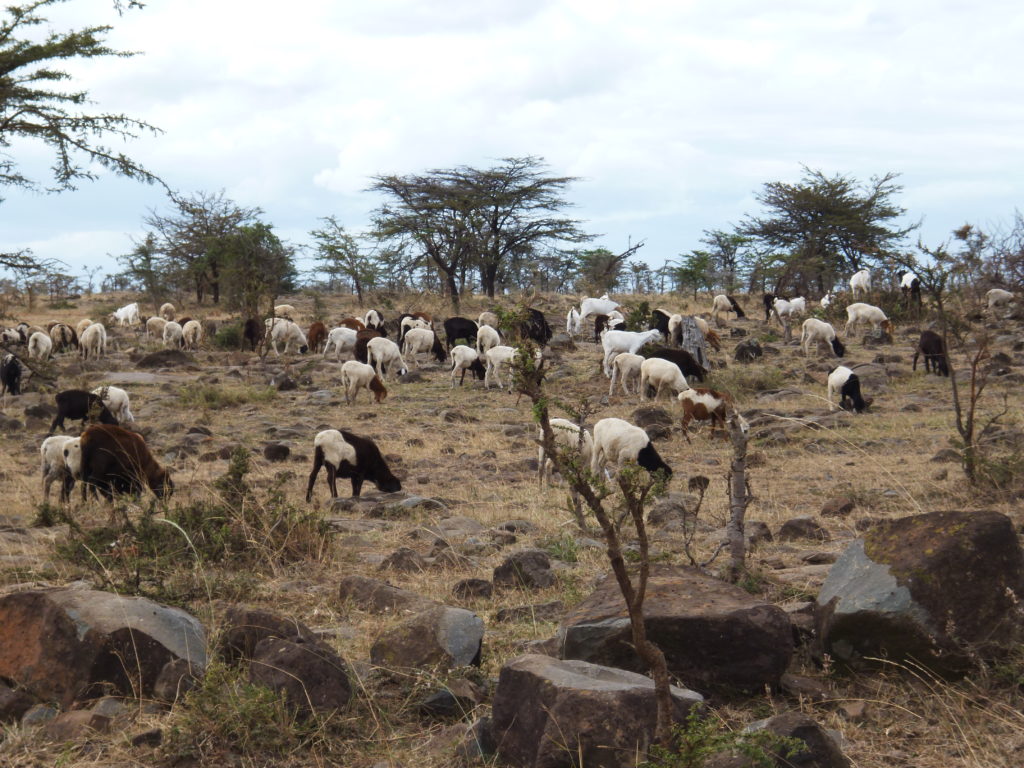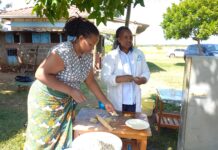By : Stanley Karanja Ng’ang’a, Mark T. Van Wijk, Mariana C. Rufino and Ken E. Giller
Livestock production is very risky due to climate variability in semi-arid Sub-Saharan Africa. Using data collected from 400 households in the Borena zone of the Oromia Region, we explored what drives adoption of agricultural practices that can decrease the vulnerability of agro-pastoralists to climate change. Households with more adaptive capacity adopted a larger number of practices.
The households’ adaptive capacity was stronger when the quality of local institutions was high. However, adaptive capacity had less explanatory power in explaining adoption of adaptation options than household socio-economic characteristics, suggesting that aggregating information into one indicator of adaptive capacity for site-specific studies may not help to explain the adoption behaviour of households.
Strong local institutions lead to changes in key household-level characteristics (like membership to community groups, years lived in a village, access to credit, financial savings and crop income) which positively affect adoption of agricultural practices. In addition, better local institutions were also positively related to adoption of livestock-related adaptation practices. Poor access to a tarmac road was positively related to intensification and diversification of crop production, whereas it was negatively related to the intensification of livestock production, an important activity for generating cash in the region.
Our findings suggest that better local institutions lead to changes in household characteristics, which positively affect adoption of adaptation practices, suggesting that policies should aim to strengthen local institutions.
More about the article read: http://link.springer.com/article/10.1007/s10113-016-0940-4















